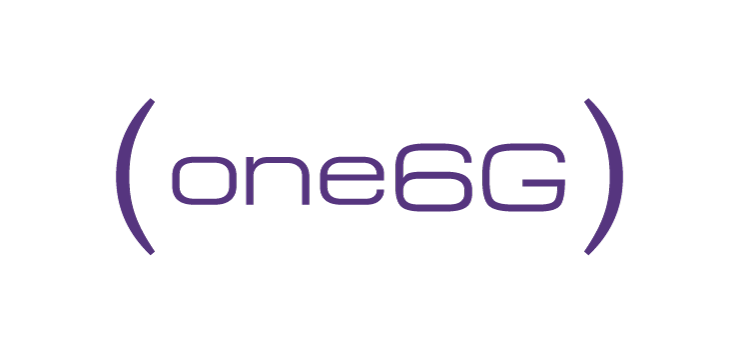5th Workshop on Integrated, Intelligent and Ubiquitous Connectivity for 6G and Beyond

The 5th Workshop on Integrated, Intelligent and Ubiquitous Connectivity for 6G and Beyond has been accepted for inclusion in the 2025 IEEE International Symposium on Personal, Indoor and Mobile Radio Communications (PIMRC) in Istanbul.
The recently adopted IMT-2030 (6G) framework by ITU-R envisions the integration of multiple networks including local, cellular, satellite, and underwater, as well as functionalities including communication, sensing, localization and computing with native AI and machine learning to build an integrated intelligent network across space, air, and ground, and achieve global seamless coverage. Several key technological trends have emerged which include ultra wideband communication, integrated sensing, localization, and communication frameworks, integrated terrestrial and non-terrestrial networks to provide 3D full coverage of Earth, programmable radio environments enabled by reconfigurable intelligent and holographic surfaces (RIS/H-MIMO), and native AI and machine learning to enable mobile connected intelligence. The combination of these technological trends is expected to fulfill the goal of integrated, intelligent and ubiquitous (IIU) connectivity for 6G and beyond networks. These emerging paradigms and their integration to realize IIU connectivity is also focus of the on one6G Association and related working groups. Under this otivation, we propose fifth version of this workshop that explores the potential, integration, and management of solutions including integrated AI and communication, integrated sensing, communication, computing and control, intelligent metasurfaces including RISs and holographic radios, and integrated non-terrestrial-to-terrestrial connectivity. Such technologies can be also deployed across the radio spectrum, from sub-6 GHz to THz frequencies with massive antenna connectivity. The new challenges that emerge on the road to provide IIU 6G connectivity, such as spectrum and hardware reuse of the systems, multiple access schemes, network security and privacy issues, wireless backhaul, waveform/precoder/receiver design and more, also need to be explored. While the existing IEEE PIMRC 2025 tracks explore several timely topics individually, a workshop that integrates these different areas with the goal of providing IIU connectivity in 6G networks will be important, and this workshop can engage researchers and industry professionals working in this interdisciplinary area.
General Chairs
- Aryan Kaushik, Manchester Metropolitan University, UK
- Arslan Huseyin, Istanbul Medipol University, Turkey
- Marco Di Renzo, Paris-Saclay University, France and King’s College London, UK
- Xueli An, Huawei Technologies, Germany
- Miguel Dajer, Futurewei Technologies, USA
- George Alexandropoulos, National and Kapodistrian University of Athens, Greece
- Doohwan Lee, NTT Corporation, Japan
Technical Programme Committee
- Prof. Octavia A. Dobre IEEE Fellow, Memorial University of Newfoundland, Canada
- Prof. Ekram Hossain IEEE Fellow, University of Manitoba, Canada
- Prof. Mingzhe Chen, University of Miami, USA,
- Prof. Hina Tabassum, York University, Canada,
- Prof. Kai-Kit Wong IEEE Fellow, University College London, UK
- Prof. Ana Garcia Armada IEEE Fellow, University Carlos III of Madrid, Spain
- Prof. Yansha Deng, King’s College London, UK
- Dr. Adrian Agustin, CTTC, Spain
- Prof. Wonjae Shin, Korea University, South Korea
- Prof. Ming Li, Dalian University of Technology, China
- Prof. Nan Yang, Australian National University, Australia
- Prof. Tommy Svensson, Chalmers University of Technology, Sweden
